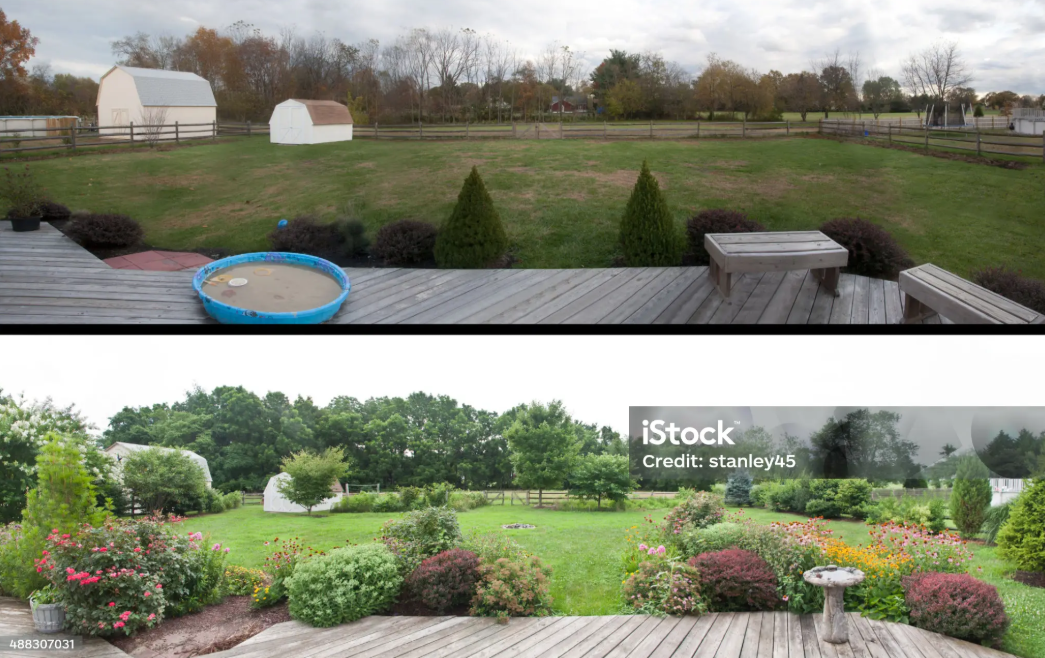
Clover Lawns vs. Traditional Grass: Why More Americans Are Making the Switch
Share
Clover Lawns vs. Traditional Grass: Why More Americans Are Making the Switch in 2025
The American lawn is getting a green makeover — and not just in color. Across the U.S., homeowners are swapping high-maintenance turf for soft, sustainable clover lawns. Once considered a humble weed, clover is now one of the hottest eco-gardening trends of 2025.
Why? Because it’s easier to care for, more drought-resistant, and surprisingly beautiful. Let’s explore why clover lawns are overtaking traditional grass and how you can transform your yard this year.
1. The Problem With Traditional Grass
For decades, manicured lawns symbolized the “perfect” American yard. But beneath that neat green carpet lies a lot of hidden work:
-
Frequent mowing and edging.
-
Constant watering — often thousands of gallons per year.
-
Heavy fertilizer and pesticide use.
-
Poor soil health and zero support for pollinators.
As homeowners become more eco-conscious, the traditional grass lawn is starting to feel outdated — costly for both wallets and the planet.
2. The Rise of the Clover Lawn
Clover lawns, especially micro-clover and Dutch white clover, are fast becoming the go-to alternative. Here’s why they’re trending:
-
Low Water Needs: Clover thrives with less irrigation than turfgrass.
-
Natural Fertilizer: Clover fixes nitrogen from the air, feeding itself (and nearby plants).
-
Soft and Lush: Feels great under bare feet — no more prickly, dry blades.
-
Bee-Friendly: Pollinator blooms add life to your garden.
-
Stays Green Longer: Clover remains lush during summer heat when turf turns brown.
Even celebrities like Emily Henderson have shared their “wild clover lawn” transformations on social media, inspiring thousands of U.S. homeowners to follow suit.
3. Cost & Maintenance Comparison
| Feature | Traditional Grass | Clover Lawn |
|---|---|---|
| Watering | Frequent | Minimal |
| Mowing | Weekly | Monthly or none |
| Fertilizer | Synthetic chemicals | Self-fertilizing |
| Pesticides | Needed | Rarely needed |
| Pollinator Support | None | Excellent |
| Year-Round Color | Fades in heat | Stays green |
In short: less work, less water, more life.
4. How to Transition to a Clover Lawn
Step 1: Prep the Space
Mow existing grass short and rake away debris. Loosen soil slightly to improve seed contact.
Step 2: Seed the Clover
Broadcast clover seed evenly across the area. For a blended look, mix with 20–30% grass seed.
Step 3: Water Gently
Keep the soil consistently moist for 7–10 days until sprouts appear.
Step 4: Light Maintenance
Mow occasionally (every 3–4 weeks) to encourage spreading and even growth. Clover fills gaps naturally and suppresses weeds.
Step 5: Enjoy the Benefits
In just a few weeks, you’ll have a soft, low-care, vibrant lawn that supports bees and butterflies.
5. Is Clover Right for You?
Clover lawns are ideal if you:
✅ Want a natural, organic lawn without chemicals.
✅ Live in a drought-prone or hot climate.
✅ Love pollinators and biodiversity.
✅ Prefer low maintenance over weekend chores.
If you love uniform golf-course turf, this may not be your style — but for most modern homeowners, clover offers the perfect blend of beauty and practicality.
